
Hiyoshi Taisha Shrine: Shiga’s most famous shrine
At the foot of Mt. Hiei in the Sakamoto district of Otsu City stands Hiyoshi Shrine. Well-known for centuries as one of the most powerful shrines in the country– it is even mentioned in one of Japan’s oldest historic records, the Kojiki.
The History of Hiyoshi Taisha Shrine
The beginnings of Hiyoshi Taisha Shrine go back 2,100 years when Emperor Tenji moved the capital from Asuka to Otsu. To help protect the new capital, the god Oyamatsumi no Kami was transferred here from Omiwa Shrine in Nara.
While today we call this place Hiyoshi Shrine its original name was Hie (日枝) as the Kojiki states that Oyamatsumi is enshrined in Hie in Omi (the old name for Otsu and Shiga prefecture). Even after Kyoto became the capital, Hiyoshi Taisha still held its important role as a guardian shrine for the capital. The ancient Japanese believed the shrine’s direction relative to Kyoto ominous, therefore the was essential to protect Kyoto from bad spirits.
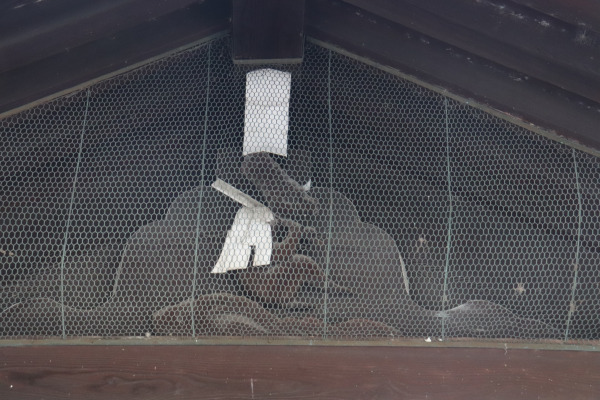
Enryaku-ji and Hiyoshi Shrine
Also, since the shrine is close to Enryaku-ji Temple, the two created a very close bond, especially since there was very little distinction between temples and shrines in the past. For this reason, Enryaku-ji Temple controlled Hiyoshi Shrine for a long time. Gradually, the shrine became more like a Buddhist temple and many retired monks started to live there.
As Enryaku-ji acquired more power, so did Hiyoshi Shrine. During the Heian period, whenever Enyaku-ji had a request for the government, they often used Hiyoshi Shrine’s mikoshi, a sacred palanquin to transport deities, and went to the palace, insisting that what they want is actually the will of the god.
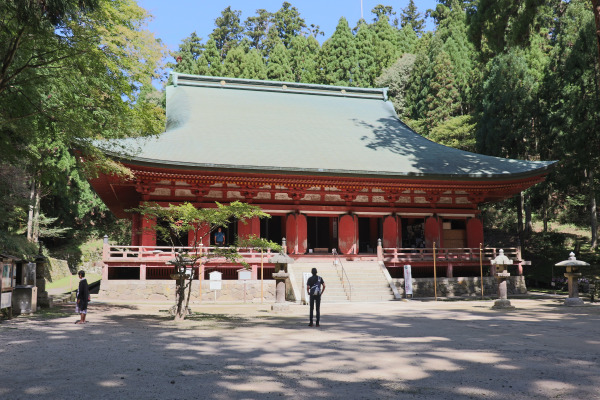
However, due to their power and wealth, the shrine began to form allegiances with several warlords during the Sengoku period. These allegiances earned the ire of Nobunaga. In 1571, he attacked Enryaku-ji Temple by setting fire to the mountain. This fire destroyed most of Enraykuji Temple as well as reducing Hiyoshi Shrine to ashes. The Hiyoshi Shrine we see today was rebuilt by Toyotomi Hideyoshi or Tokugawsa Ieyasu in the 16th century.
Hiyoshi Taisha Shrine: Shrine Grounds
Hiyoshi Shrine is located right next to the cablecar station from Mt. Hiei. Also, you can walk from Keihan or JR Sakamoto Station for 30 minutes. On the way to Hiyoshi Shrine are beautiful stone walls created by the Anoshu, a group of people who specialized in making stone walls throughout Japan. It is a very comfortable 20minute walk from the station.
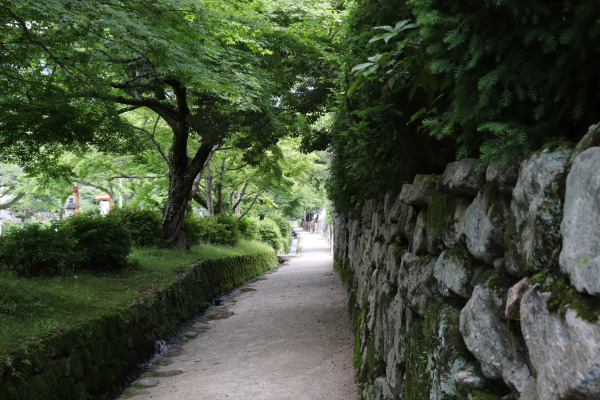

After you pay the entrance fee, you will see Hiyoshi Shrine’s iconic torii, Sanno Torii. This torii has a temple-style roof on top of the torii, serving to represent a hybridization of Buddhism and Shinto. You can see this kind of torii at Hiyoshi shrines throughout Japan.
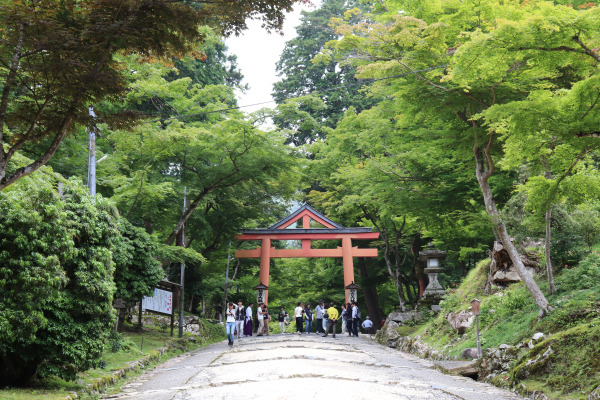
Monkeys are the familiars of Hiyoshi Shrine and in fact, the shrine actually keeps some monkeys. However, you more will likely encounter one of the many monkey statues, throughout the shrine grounds.
Hiyoshi Shrine has two honden: the East Hongu and West Hongu. While the West Hongu is the main hall of worship today, the East Hongu enshrines the god of Mt. Hiei. I think you should go to both of those shrines and since the shrine is located in the forest, it is very comfortable to explore the shrine grounds!
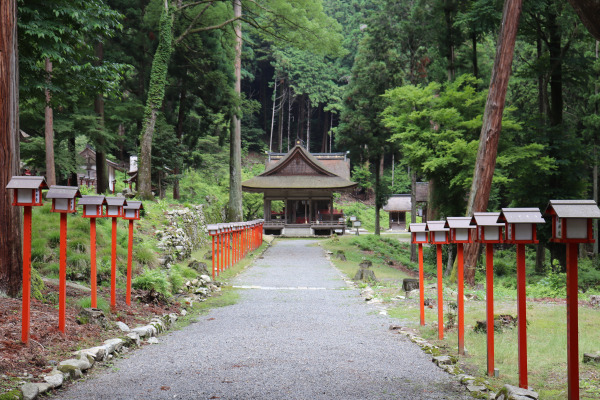
Hongu
The West Hongu is the main shrine building of Hiyoshi Shrine and enshrines Onamuchi, or more commonly, Okuninushi.
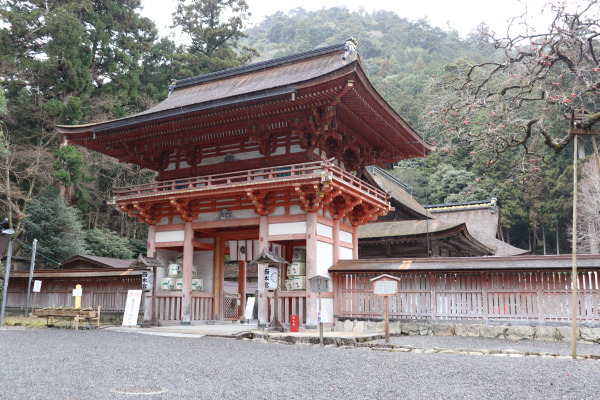
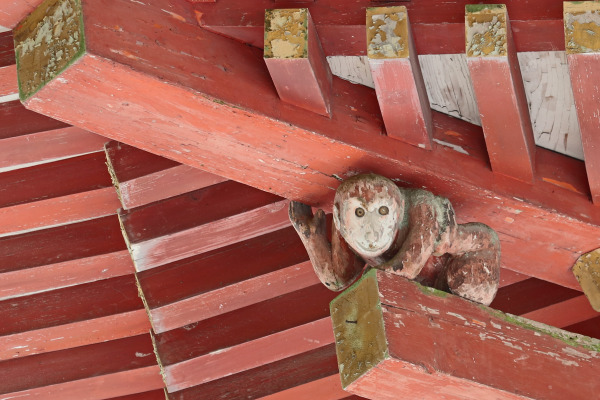
Once you enter the West Hongu, you will be surprised by how unique the building is! Another noteworthy characteristic of the West Hongu is its architecture, known as Hiyoshi-zukuri. This style of shrine architecture includes a Buddhist hall, which stands to reason since monks from Enryaku-ji would often practice here.
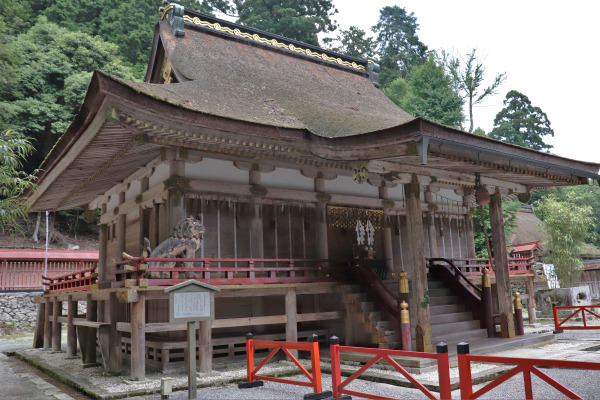
Right next to the West Hongu is the East Hongu, which enshrines Oyamatsumi no Kami. Originally, the East Hongu was the main building of Hiyoshi Shrine as Oyamatsumi no Kami is the god of Mt. Hiei. However, for some reason, the West Hongu became more popular over time.
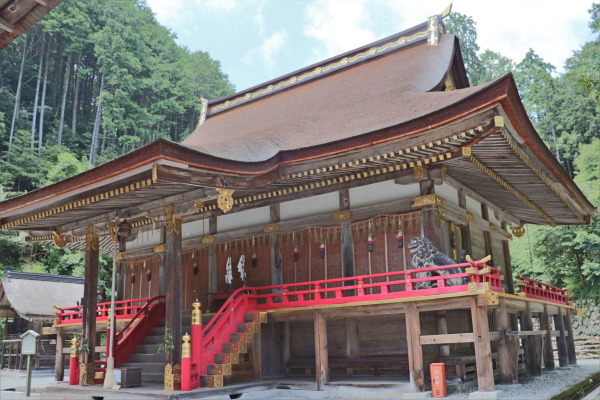
Okuno-in
Between East Hongu and West Hongu, there is a trail to Okunomiya, which stands on the top of Mt. Hachioji (378m). This sacred mountain is the home of Oyamatsumi no Kami. It takes about an hour to make a round trip, but the hike is easy and the view from the top of the mountain is very nice.
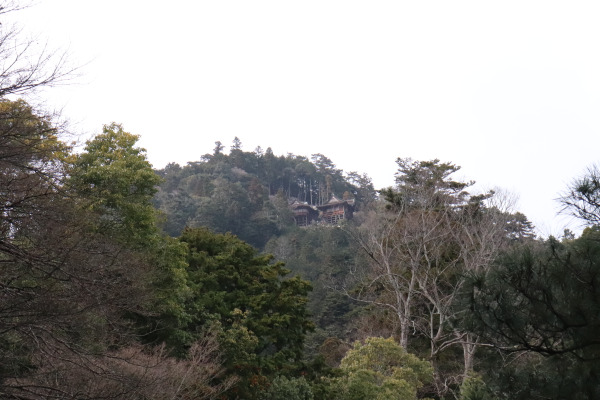
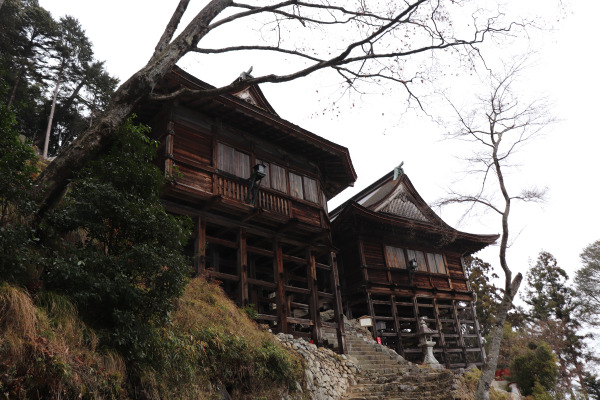
In Okunomiya, there is Ushio Shrine and Sannomiya Shrine stands on the cliff, which enshrines the main god Oyamatsumi and his wife, Princess Tamayori. Unfortunately, you cannot go into those buildings, but you can enjoy the beautiful view of Lake Biwa from the top of the mountain!
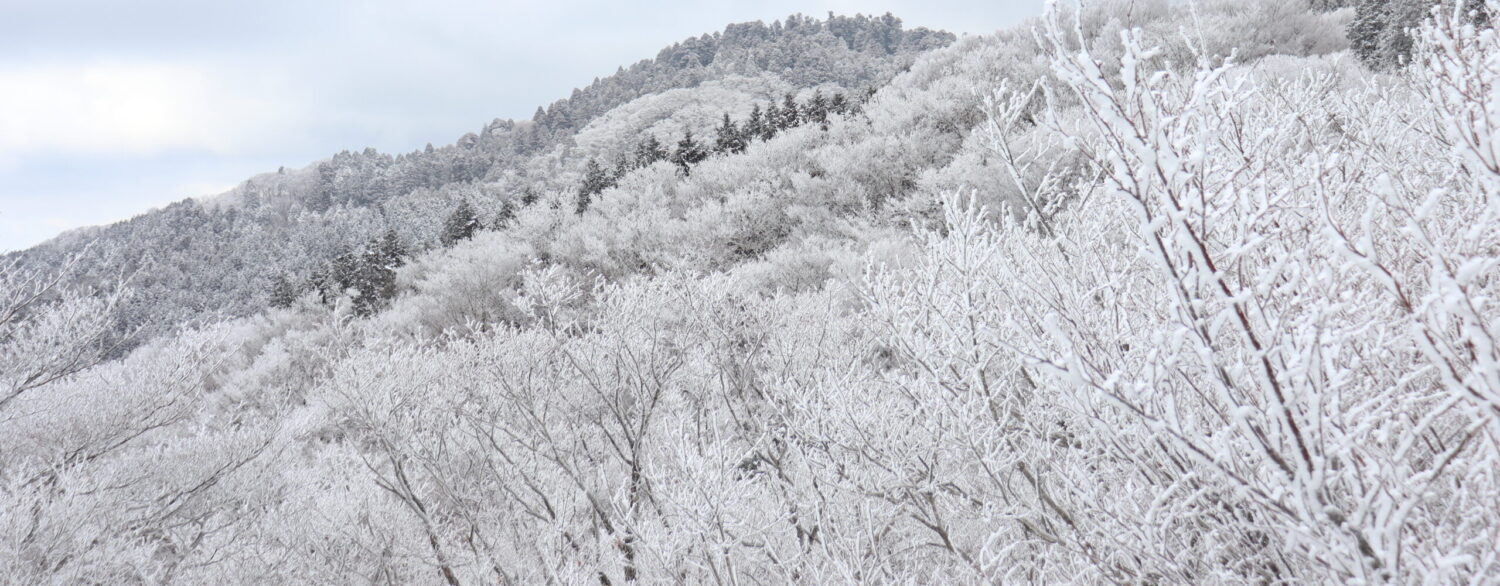
Leave a Reply